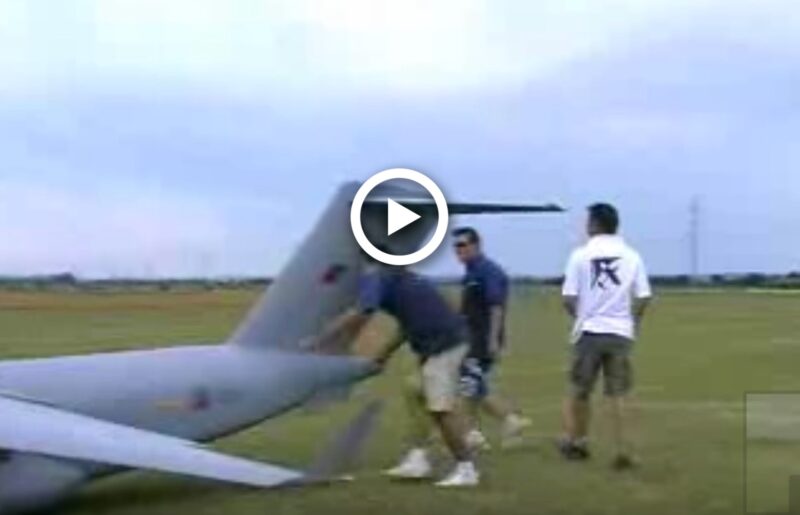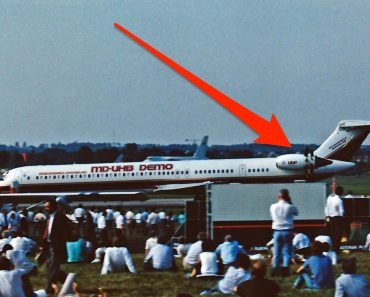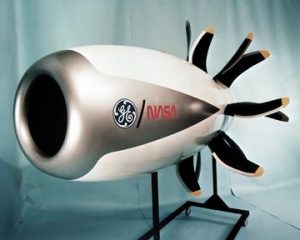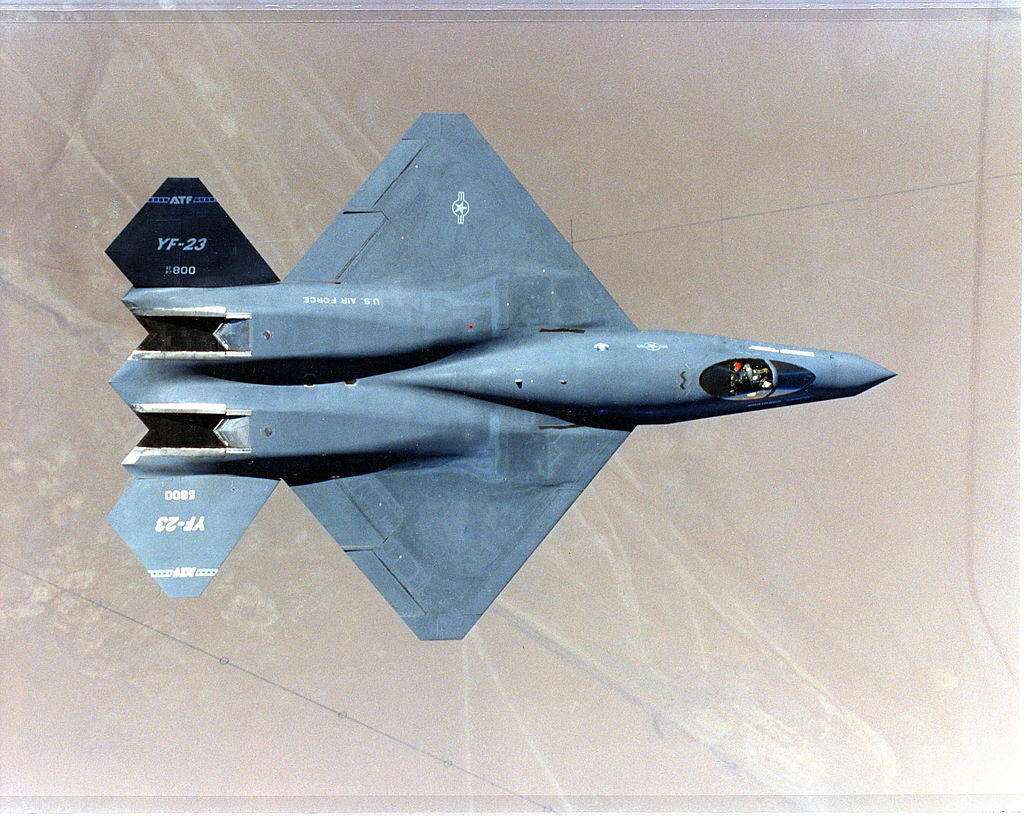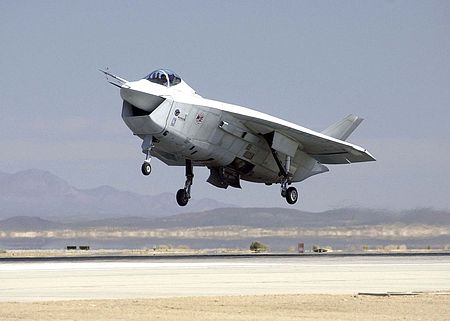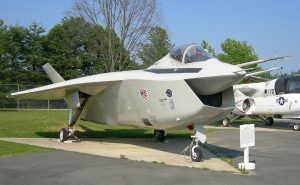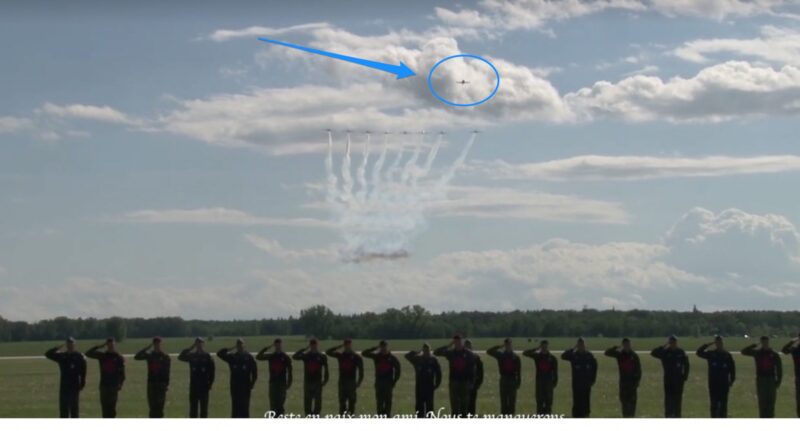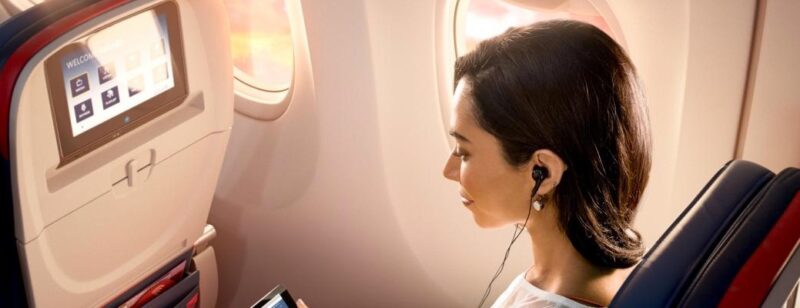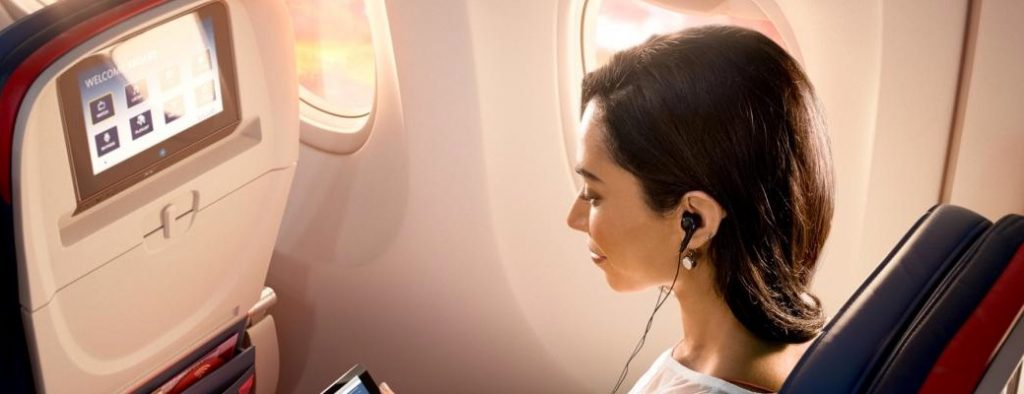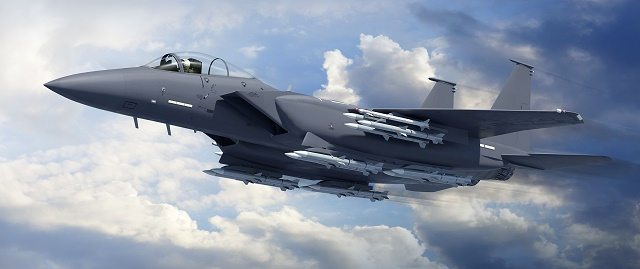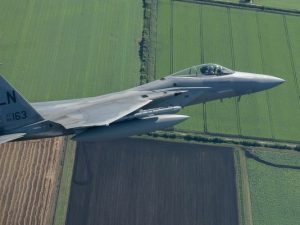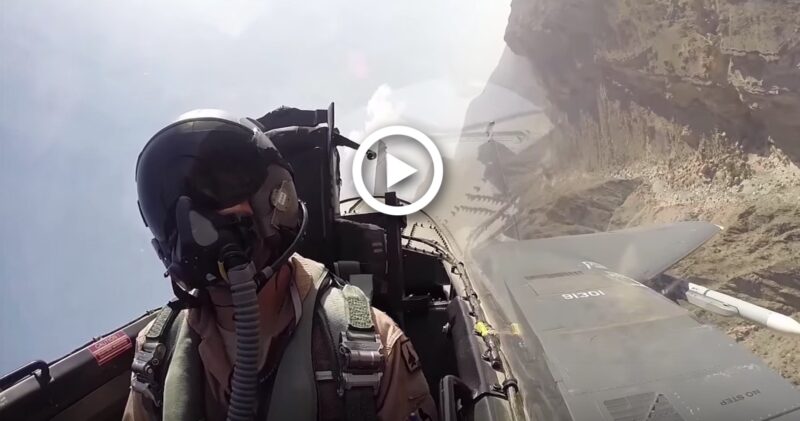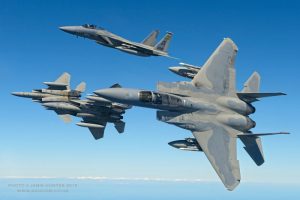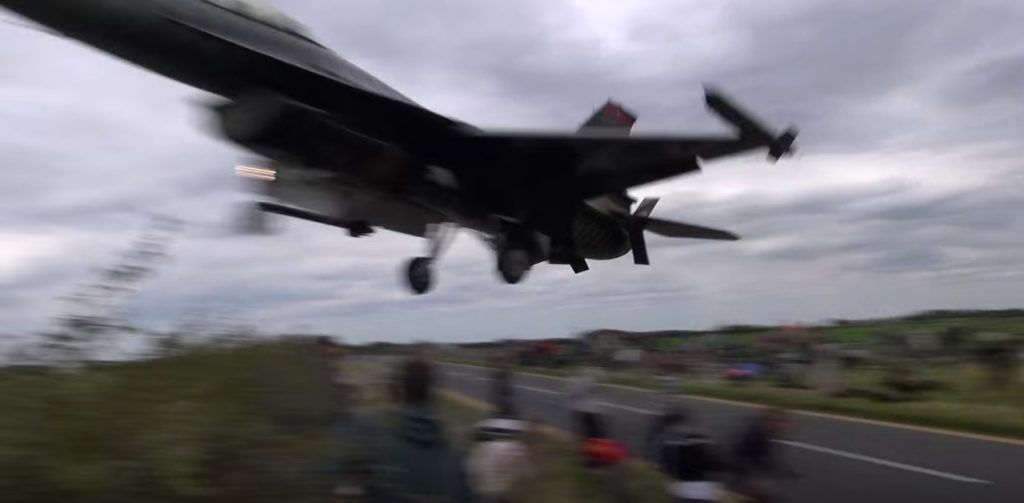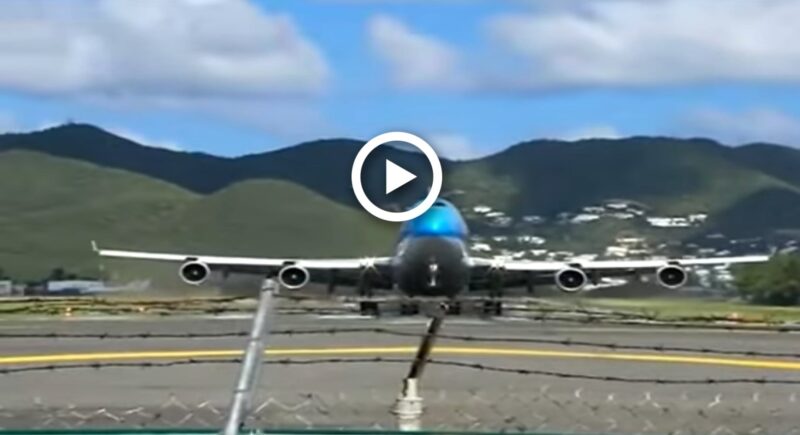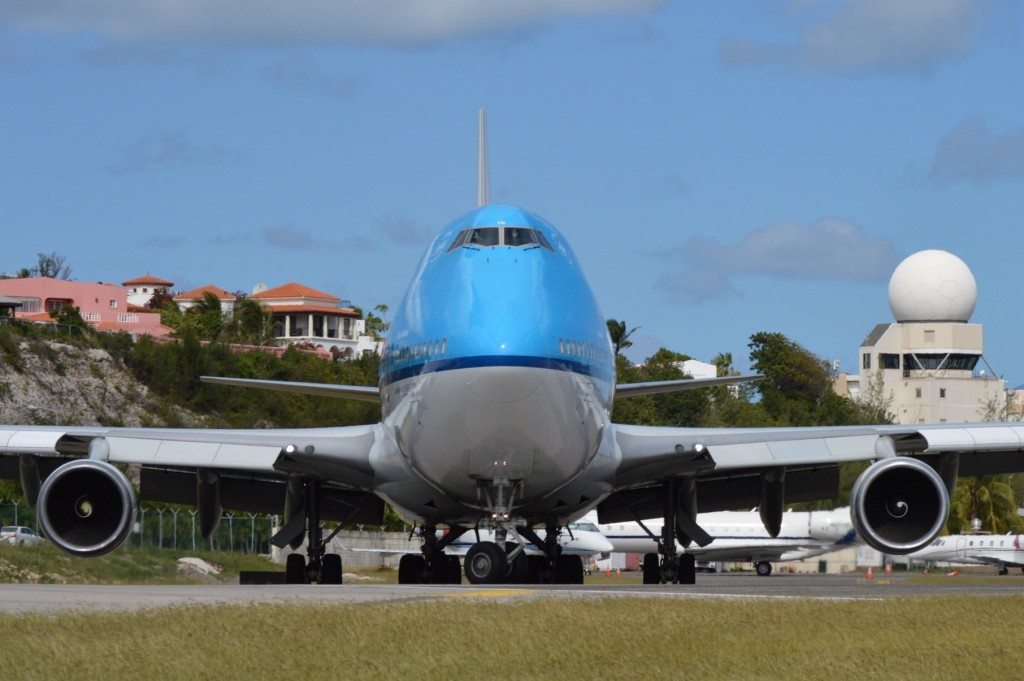
A question with no answer: Would Boeing’s X-32 have been the better choice for the Joint Strike Fighter program?
As the Joint Strike Fighter concept developed over a decade ago, Lockheed and Boeing each developed their own prototype. Lockheed’s X-35 won the competition but the Lightning has faced and continues to face technical issues that has delayed development and forced massive cost overruns.
Considering the challenges that has hexed the F-35, perhaps Boeing was better off finishing second. The program to develop a do-it-all fifth-generation aircraft can be considered for a “bridge too far” designation.
It’s entrant in the competition was designated as the X-32 – “x” is the typical designation for experimental but in this case “x” also stood for x’ed-out.
In October of 2001, the Department of Defense awarded the $200 billion contract to Lockheed Martin and hindsight makes one wonder if the right choice was made.
What was wrong with the X-32? Would it have been a better choice?
Like hindsight on the F-35, predicting that the X-32 would have ultimately been the better choice is mostly guess work. And considering the F-35’s issues, it’s easier to say the wrong choice was made.
The marching orders from the Defense Department for the JSF program were idealistic. The goal was to produce a jack-of-all-trades aircraft, a Swiss Army knife. Putting all the prerequisites in one plane led to what one would expect by a project designed by a committee.
Boeing’s approach was to produce two prototypes – the X32A for conventional takeoff and supersonic demonstration and X-32B for VTOL. Boeing’s plan was to then turn two prototypes into one.
That promise was a tough sell for the Department of Defense to believe.
Performance wise, the X-32 fell short of the promised X-35 performance, particularly in its ability to hover.
While from functional and airworthiness aspects the X-32 might have met the requirements, putting all of the systems into one plane produced an ugly duckling. If it were a beauty contest, the X-32 would have finished a distant third in a competition of two. The high-set the carbon fiber delta wing along with the bulky air-intake system required that its landing gear be exceptionally long. So during takeoffs and landings and even when airborne, the X-32 looked more awkward than sleek.
With the Department of Defense making its choice, Boeing’s two test aircraft became museum relics. The X-32A is at the National Museum of the United States Air Force while the X-32B is at the Patuxent River Naval Air Museum.
[youtube id=”1BZGgvhqs5g” width=”800″ height=”454″ position=”left”]


